Today, the world’s longest and deepest rail tunnel officially opens in Switzerland, after 20 years of work.
The 57km (35-mile) twin-bore Gotthard Base Tunnel (GBT) provides a high-speed rail link under the Swiss Alps between northern and southern Europe. Switzerland says it will revolutionise European freight transport.
Bringing to fruition a plan hatched in 1992, goods currently carried on the route by a million lorries a year will go by train instead.
For length, the tunnel beats Japan’s 53.9-km Seikan rail tunnel and relegates the 50.5-km Channel Tunnel between the UK and France to third place.
German Chancellor Angela Merkel, French President Francois Hollande and Italy’s Prime Minister Matteo Renzi will join Swiss officials at the grand opening.
“It is just part of the Swiss identity,” federal transport office director Peter Fueglistaler told Reuters news agency.
“For us, conquering the Alps is like the Dutch exploring the oceans.”
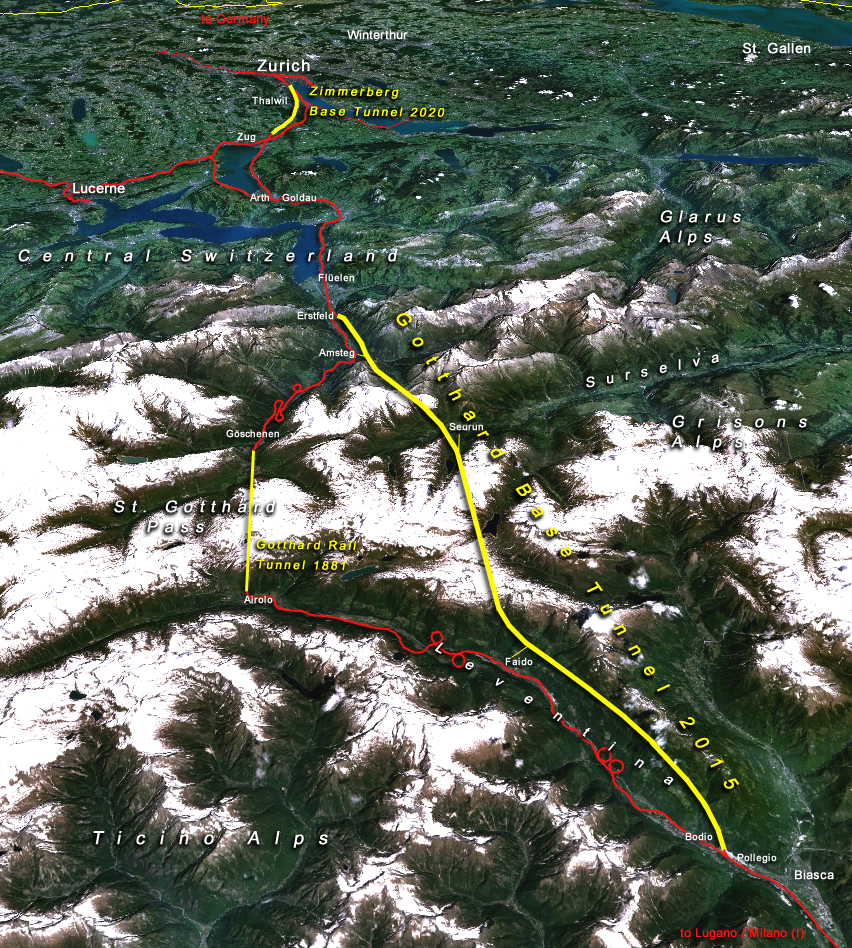
Approximate route of the GBT through the Saint-Gotthard Massif (Cooper.ch/Wikimedia Commons)
Here are 20 key facts about the tunnel and its expected impact:
1. The project cost $12.5bn to build, more than the gross domestic product of Nicaragua.
2. At its deepest GBT is 2.3km below the surface of the Saint-Gotthard Massif above.
3. It’s hot down there: the rock can reach temperatures of 46°C.
4. To cope with the tremendous weight above the tunnel tubes, engineers pioneered using flexible steel rings which partly closed under the pressure and prevented deformations.
5. Swiss voters backed the tunnel by a 64% majority in a referendum in 1992 and work began in 1996. Two years after the referendum, the Swiss backed a proposal from environmental groups to start moving all freight travelling through Switzerland from road to rail.
6. GBT goes 600m underneath the old, 15-km-long Gotthard Rail Tunnel, built in 1882.
7. It clears a major bottleneck in European north-south cargo and passenger traffic by superseding the old rail tunnel and a 17-km road tunnel built in 1980.
8. Because it is flat and relatively straight (the old rail tunnel twists and climbs more than 1,000m), the GBT can carry bigger and faster trains.
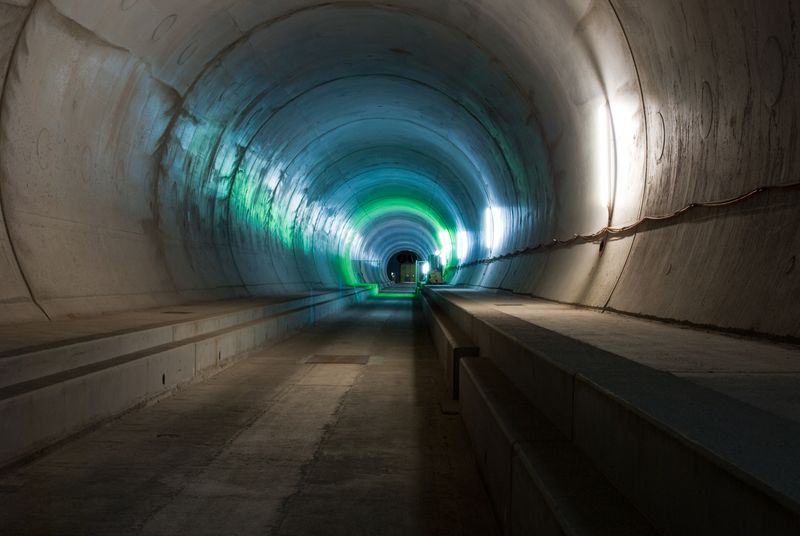
Straight and flat, the GBT clears a major traffic bottleneck through the Alps
9. Congestion is terrible on the single-bore road tunnel built 1980: it was meant to carry a million vehicles annually, but after only one year was carrying 2.5 million, and now carries 6 million.
10. The idea of a flat, straight tunnel through the Alps was first proposed in 1947 by Carl Eduard Gruner, engineer and urban planner from Basel.
11. Every day, 260 freight trains (160km/h) and 65 passenger trains (200km/h) will pass through the GBT in a journey taking as little as 17 minutes.
12. When full services begin in December, the journey time for travellers between Zurich and Milan will be cut by an hour, to two hours and 40 minutes.
13. The tunnel is being financed by value-added and fuel taxes, road charges on heavy vehicles and state loans that are due to be repaid within a decade.
14. Between 2002 and 2012, nine people were killed on the project. Four came from Germany, three from Italy, one from South Africa and one from Austria. A memorial service was held for them yesterday, 31 May.
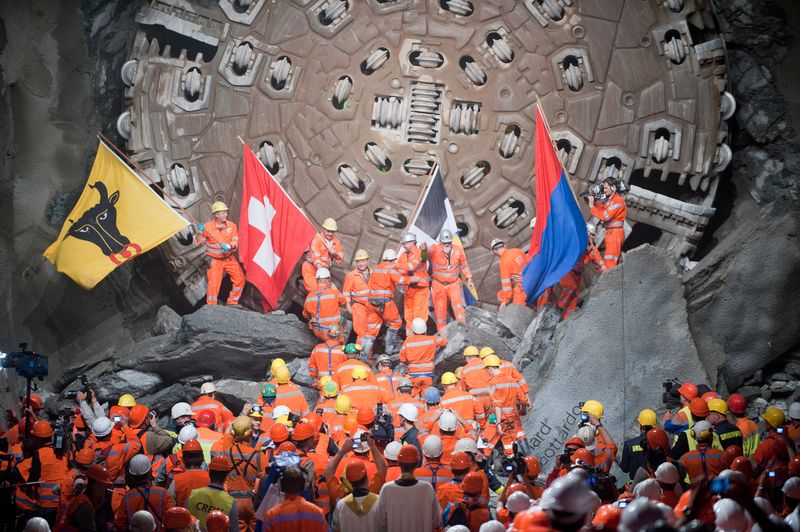
The tunnel breakthrough occurred in October 2015
15. The first tunnelling breakthrough took place on 15 October 2010, with great accuracy: the aperture was out by only 1 cm vertically and 8 cm horizontally.
16. 80% of the drive in the main tubes was cut by tunnel boring machines, 20% by conventional drilling and blasting.
17. A total of 28.2 million tonnes of excavated rock was taken out of the tunnel, using 70km of conveyor belts.
18. To save time and cost, the GBT was split into five sections with separate access, and work proceeded on the sections simultaneously. For the Sedrun section, access was provided through a 1-km-long tunnel and two 800-m-deep vertical shafts.
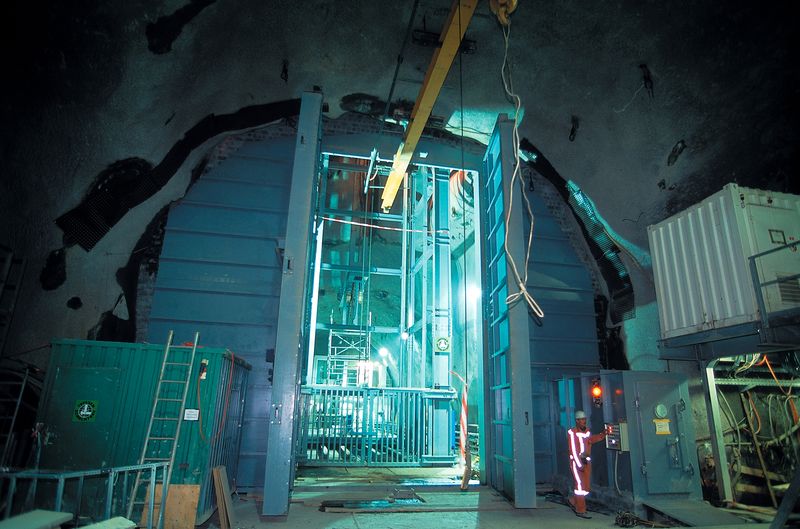
For the Sedrun section, access was provided through a 1-km-long tunnel and two 800-m-deep vertical shafts
19. In all, more than 150km of tunnels, galleries, cross passages and shafts had to be excavated for the GBT. (There are 178 cross passages between the two tubes, at 325-m intervals.)
20. 2,600 people worked on the tunnel, including top brass at AlpTransit Gotthard Ltd, the company responsible for building the GBT (a wholly owned subsidiary of Swiss Federal Railways).
Top image: A view of the Swiss Alps, south from Zürich (Wikimedia Commons). Other photographs by AlpTransit Gotthard Ltd.
Comments
Comments are closed.





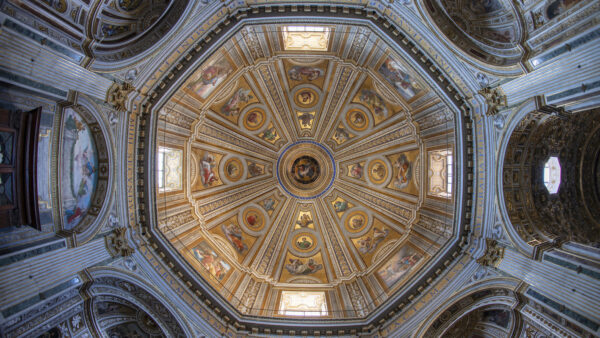

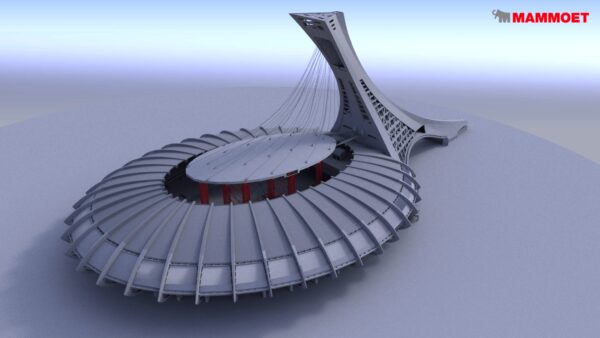
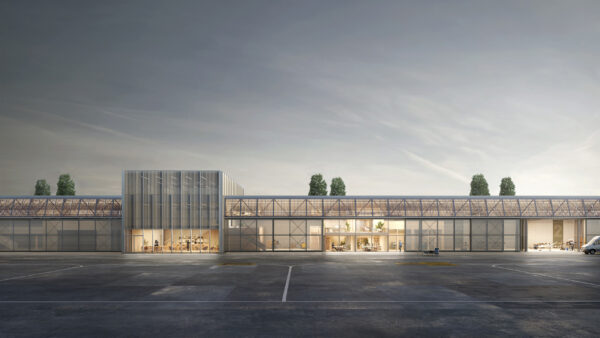
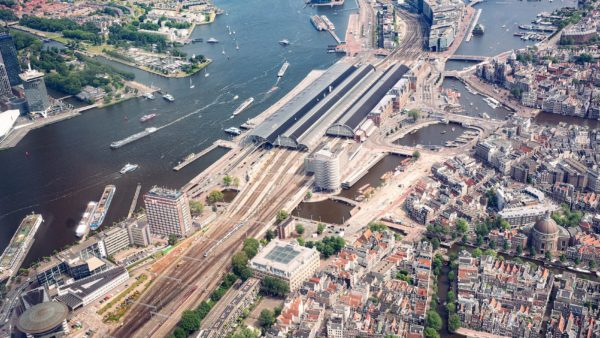
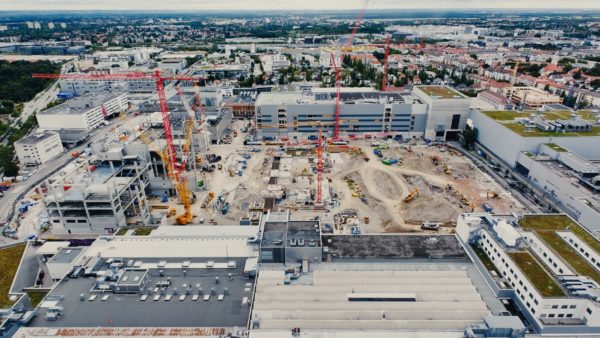
Great engineering outfit.
We are all quite excited in Switzerland! Thank you for reporting on this big achievement. I wish to add that there were people from 15 nations working on the project and it’s realization.
28,2 million tonnes of rock? No shortage of stone aggregate in Europe I guess!!
In Switzerland, we are very proud of this big technological and political success.
The 28.2 million tonnes excavated rock is damn massive. This is not a mean engineering feat.
Enough excavation to build what is also in demand – another ski hill!